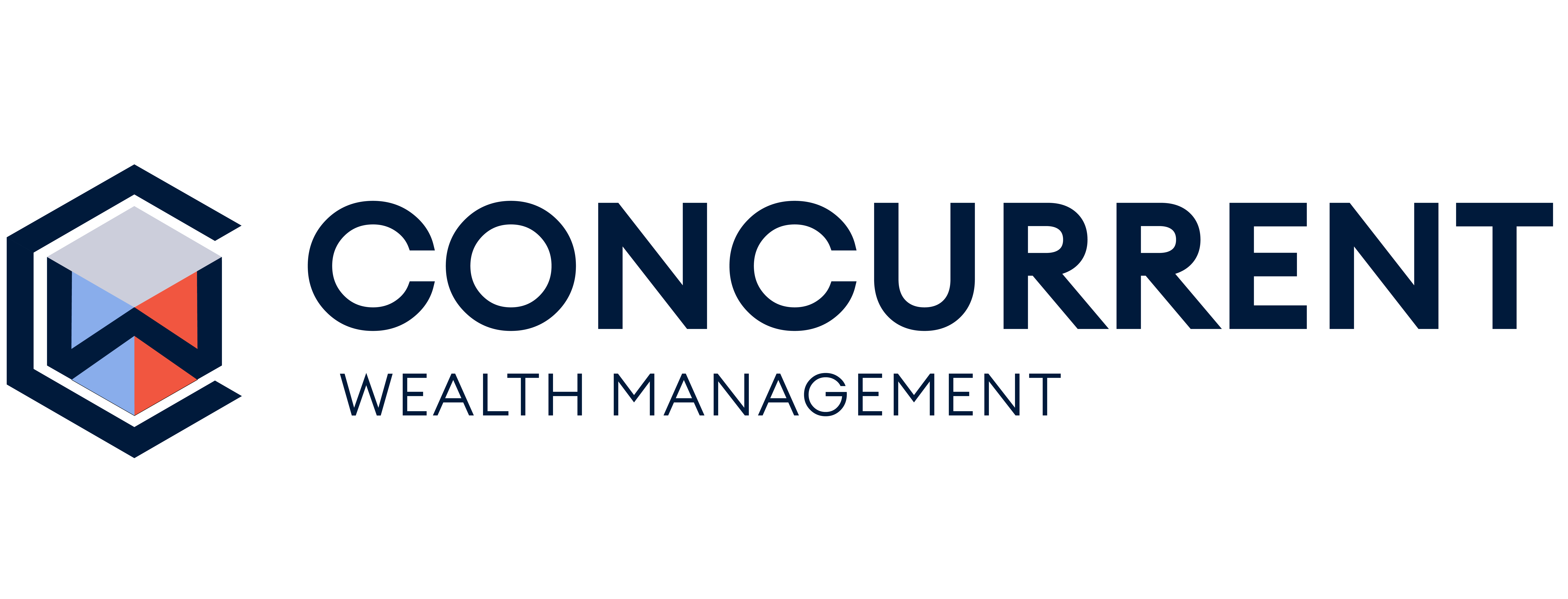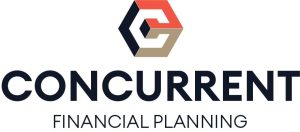Every generation has its own set of challenges when it comes to its financial future, but for Generation X financial planning, the stakes are uniquely high.
If you’re a part of Gen X (born between 1965 and 1980), your financial planning needs look drastically different from those of Millenials or Baby Boomers. You may have to juggle caring for aging parents, supporting children through college, running a business, and allocating enough into your investments for your retirement, all with retirement age right around the corner.
After working your entire life to achieve your luxurious lifestyle and income level, the last thing you want to deal with is not having the plan – or the assets – to maintain that lifestyle throughout retirement. To add even more pressure, the decisions you make today are the ones that will have the greatest impact on your life and what that looks like in retirement.
So, what do you do?
Gen X retirement planning is a battle like no other. Your financial plan needs to accommodate the intricacies of your unique case, with strategies in place to optimize your high income for your financial future.
Luckily, you’re not alone. At Concurrent Financial Planning, we’ve dedicated the past six years to creating prosperity and success for clients with those unique circumstances. You need advice that is created for someone in your situation. Financial advice for Gen X can look miles different from some of the conventional cookie-cutter financial advice out there.
In this article, we’re going to give you five tips that specifically cater to high-income Gen X members and their unprecedented challenges so that you can have clarity and confidence in your financial plan.
Allocate to the Right Accounts
First up, you want to take advantage of the vehicles that are available to you. It can feel overwhelming trying to understand all of the options out there and decide what the best asset allocation is for you, but the difference it can make in your retirement plan is well worth the upfront time investment.
Your asset allocation must work for both your short-term and long-term goals. By diversifying your assets strategically, you can maximize the amount of money you’ll have available for withdrawal, and optimize those withdrawals to pay the least in taxes and allow for optimal growth.
Diversifying your investments across various asset classes—stocks, bonds, real estate, and alternative investments—can help mitigate risks and optimize returns. Consider your risk tolerance, investment horizon, and financial objectives when determining the right mix so that your financial plan works for you, not the other way around.
While high-income earners get to benefit from the advantage of being able to take on more risk – due to their higher earning capacity and the ability to recover from potential losses – as you approach retirement, it’s important to gradually shift towards more conservative investments to protect your accumulated wealth.
Regularly reviewing and rebalancing your portfolio is a great way to make sure your asset allocation remains aligned with your always-evolving goals and market conditions.
Pay Off Your Debt– and Use That Cash Flow Strategically
Our second lifeline tip to help you create a financial plan that gives you freedom and confidence is to pay off your debt and use that money to feed your retirement accounts.
Eliminating high-interest debt, such as credit card balances and personal loans, should be a priority for financial stability. By reducing these liabilities, you free up cash flow that can be redirected into retirement savings and compound over time. For example, the funds that were previously allocated to credit card payments can be reallocated to a 401(k) or IRA, leveraging tax advantages and employer-matching contributions.
Not only will you be paying less in interest payments by chipping away at your debts, but that cash will instead be used to grow your assets. You’ll have time working in your favor instead of your detriment.
The more cash flow you’re able to designate to retirement savings, the more funds you’ll have building upon itself over time. This transition from debt repayment to investment is a powerful way to ramp up your progress toward a secure retirement.
Aside from the financial benefits of paying off your debt and reallocating that cash, paying off your debt can significantly reduce the stress surrounding your finances. Having debt over your head can cause unnecessary tension or anxiety that can be alleviated once the debt is paid off.
Contribute More NOW
Next up, we want to remind you that the best time to act is immediately. It may feel like you still have time to prepare for life transitions like retirement, but the sooner you can beef up your retirement account, the easier it is.
The Time Value of Money
When you invest in a retirement account, you benefit from the time value of money (TVM). This represents the amount that your assets grow over time due to interest. By contributing more to your retirement accounts now, you benefit more from the time value of money, making it take less cash investment to achieve the same results you’d see if you start later.
For example, if you contribute $10,000 to a retirement account with an average annual return of 6%, it will grow to approximately $18,000 in ten years and nearly $32,000 in twenty years. The longer your money remains invested, the more pronounced the effects of compounding, making early and consistent contributions a MUST.
Leveraging Tax-Advantaged Accounts for Greater Returns
High-income earners have a distinct advantage when it comes to maximizing retirement savings. They often have more disposable income, allowing them to make larger contributions to tax-advantaged retirement accounts such as 401(k)s, IRAs, and Roth IRAs.
These accounts not only provide a means to grow your savings tax-deferred or tax-free but also offer significant tax benefits. For instance, contributions to a traditional 401(k) are made pre-tax, reducing your taxable income for the year and allowing you to invest more upfront. Over time, the tax savings can compound alongside your investments, further boosting your retirement nest egg.
Making sure you’re aware – and taking full advantage of – high-income tax strategies can be a game-changer for your overall financial plan.
Don’t Leave Free Money on the Table
Another critical aspect of maximizing retirement contributions now is taking full advantage of employer matching programs. Many employers offer to match a portion of your 401(k) contributions, effectively providing free money to bolster your retirement savings.
Failing to contribute enough to receive the full employer match is just leaving money on the table! By contributing at least enough to qualify for the full match, you ensure that you are maximizing this valuable benefit and accelerating your retirement savings growth.
By contributing to your retirement now, you get to take advantage of more employer matches. Once you reach the contribution maximum, you can’t take advantage of these benefits anymore for that year. By contributing to these accounts and capitalizing on employer matches for more time, you’re getting that much more of an advantage.
Prepare for ‘Life Happens’ Moments with Early Retirement Savings
It’s also important to contribute to your retirement accounts as soon as possible because it’s so easy to let time get away from you. Think about it, how many times do you set up a plan to take care of something and realize months (or years) later that you never got around to it?
Life gets in the way. You want to have the right systems in place and get ahead while you can so that you’re prepared for whatever life throws at you. This is the best way to make sure you stay on track when life does happen. Say you have a loved one move in with you, a child goes to college, or an emergency happens – it won’t get any easier to get a leg-up with an extenuating circumstance tacked on to your situation.
Create Income for Retirement
While retirement is the time you’re winding down from working full-time and transitioning into a life of traveling and relaxing, that doesn’t mean your income has to stop on your last day at the office.
Creating sources of income that can continue throughout retirement is a great way to fund your lifestyle and replace some of your cash inflow from your current 9-5 or business income. Not to mention, relying solely on retirement savings can be risky, given market volatility and economic uncertainties.
There are many different sources of income that you can establish now to help supplement your income in retirement. Some options include pursuing a side gig or consultancy, investing in some dividend-paying stocks, and creating intellectual property in which you can get royalties.
The Power of Dividend-Paying Stocks
Dividend-paying stocks can offer a reliable source of passive income, as many well-established companies regularly distribute a portion of their profits to shareholders. By building a diversified portfolio of dividend-paying stocks, you can create a steady income stream that can supplement your retirement savings and help cover living expenses.
Consider investing in companies with a long period of dividend growth to help your dividend income grow alongside inflation. This is a great way of helping protect yourself from eroding the value of your investments with inflation.
Turn Your Passions Into Profits
This one is a financial and emotional gold mine. Leveraging your skills, experience, and passions, you can develop a part-time business or freelance work that not only provides financial benefits but also keeps you engaged and mentally active.
If you have expertise in a particular field, offering consulting services can be both lucrative and emotionally fulfilling. You can also turn a hobby or passion into a side business, such as writing, photography, or crafting, which can generate additional income while allowing you to do something you enjoy. These side gigs can be flexible and scalable, allowing you to balance work with leisure in your retirement years.
Live Like Royalty–With Your Royalties
If you have ever authored a book, created a piece of music, developed a patent, or produced any other form of intellectual property, you can earn royalties from its ongoing use and distribution.
This type of income can be particularly attractive for retirement because it often requires minimal ongoing effort once the initial work is completed. Royalties can provide a consistent and long-term revenue stream that enhances your financial stability in retirement. Exploring opportunities to create or invest in intellectual property can be a worthwhile endeavor for generating passive income.
Combining these income streams—dividends, side gigs, and royalties—creates a diversified financial foundation that can sustain you throughout retirement. Diversifying your retirement income reduces your reliance on any single source of income (or having all of your eggs in one basket), thereby mitigating risk and building your financial resilience.
Better yet, these income-generating activities can contribute to a more active and fulfilling retirement, as they encourage continuous learning, engagement, and personal growth. By proactively developing and managing multiple income streams, you can achieve greater financial security and enjoy a richer, more exciting retirement experience.
Work With a Trusted Financial Professional
Last but not least is our favorite Generation X financial planning tip – don’t do it alone! Working with a trusted financial advisor is paramount for creating, analyzing, implementing, and consistently monitoring a successful financial plan.
A financial advisor with the experience and expertise to help you create a financial plan that helps minimize risk, protect your assets from inflation, and prepare for long-term healthcare can be one of your greatest assets through major life transitions.
When looking for a financial advisor you can trust, you want to consider things like reviews, online presence, background, and client demographics.
- Are they uploading valuable resources and demonstrating their passion and expertise?
- Do they work with clients just like you?
- Do previous or current clients recommend working with them?
- Do they seem like someone you’d be excited to work with?
These are all important questions to ask yourself when trying to find the right match for you.
To level up this tip: Work with a high-income financial advisor, specialized in your unique situation.
At Concurrent Financial Planning, we know exactly how to walk high-income Gen X members through their life planning. We walk our clients through high-income tax strategies so they can live the lifestyle they want today and optimize for the future.
The Bottom Line
Financial planning for high-income Gen X members comes with its own unique set of challenges. Balancing retirement planning with caring for parents, running a business, and supporting children through college – all while wanting to live in the moment and enjoy your luxurious lifestyle – is no easy feat.
Taking advantage of financial planning tips like allocating to the right accounts, paying off your debt to free up cash flow for more retirement contributions, contributing as much money now as feasible, creating income streams for retirement, and working with a trusted financial can help you reach all of your financial goals without sacrificing what’s most important to you.
We encourage you to find your Life Money Balance® so that you can “Let your life lead your money, not your money lead your life.™”
Not sure how this would work for you? Let’s have a quick chat to see how we can help you reach your financial goals.





